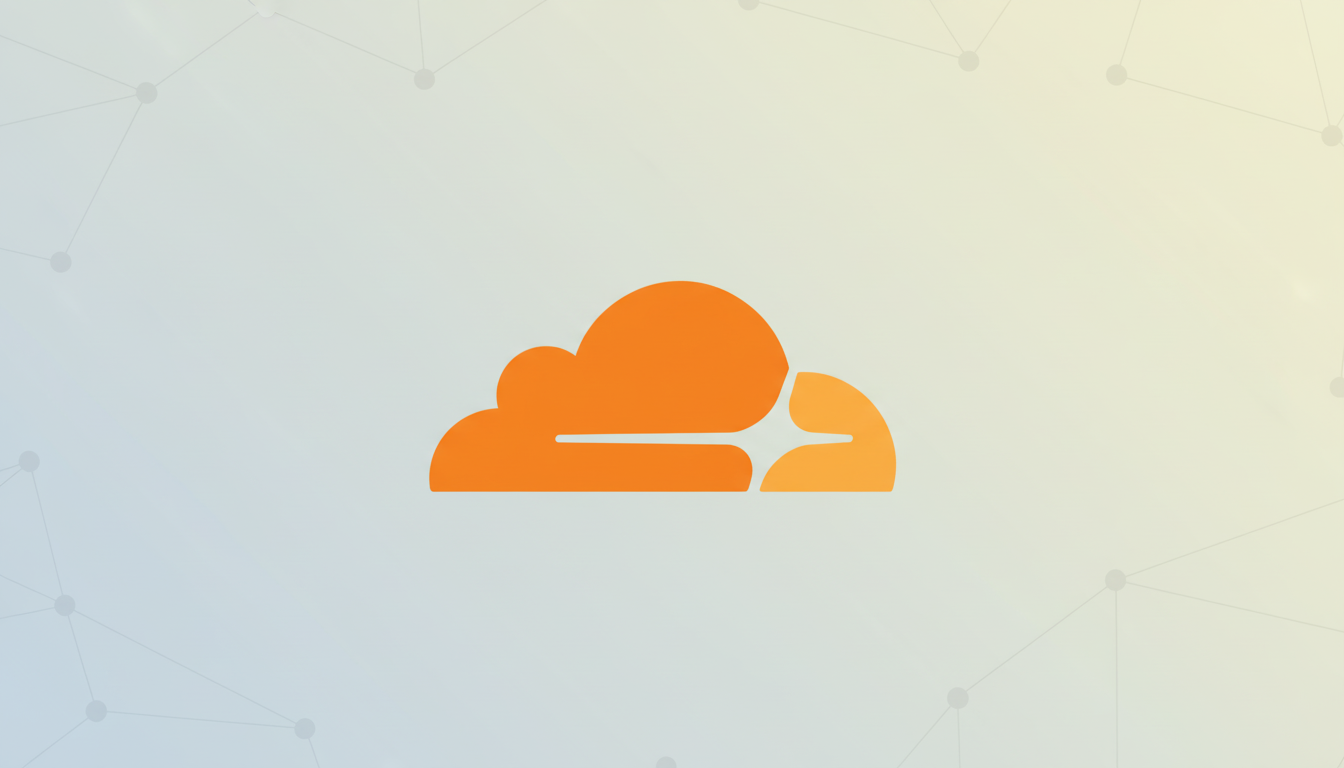A massive internet disruption that we are still learning to make sense of downed popular services was ultimately linked back to a Cloudflare software flaw, the company said, and caused by a “latent bug” that was triggered after an ordinary configuration update, cascading across its network.
Cloudflare said it had detected the issue and rolled out a fiX, bringing services back online, insisting that there were no signs of an attack. The failure began with a component used to support the company’s bot mitigation features that went down under specific circumstances, which led to downstream degradation.

The downtime cascaded across top apps and websites including ChatGPT, Claude, Spotify, and X as users experienced 5xx errors, trouble with logging in, and timeout issues since traffic that relied on Cloudflare’s edge could not be served.
Cloudflare explains what happened during the outage
Dane Knecht, the chief technology officer, said the failure was caused by a bug that had been lying dormant in production code until it was triggered by a configuration change and knocked out one service linked to bot protection while degrading the health of related systems.
He said he was sorry to customers engaged with the matter, and to the wider community on the internet, and there will be efforts made by the company to ensure that it doesn’t happen again; one that would also share a more technical analysis of what went wrong.
There’s a term in reliability circles for this sort of flaw: a “latent bug,” which slips quietly past tests and early deployments—only to rear its head when a precise sequence of conditions is met. In large, distributed environments, a single control plane or security layer issue can also easily multiply—spanning both content delivery and reverse proxying as well as application security. Cloudflare emphasized that the event was an operational problem, not an attack.
Why a latent bug can bring down so much of the web
Cloudflare is in the request path for a large percentage of the internet. W3Techs estimates that about 20% of websites rely on Cloudflare, and the company reports being present in more than 320 cities with direct connections to more than 12,000 networks (like big ISPs and cloud providers). That reach is a boon for performance and security, even as it also concentrates risk when a shared service goes down.
The dynamic is not that of Cloudflare only. A widely publicized outage at Fastly was caused by a sleeping software bug awakened following the application of an innocuous configuration, and a notorious routing snafu once decimated the services of the world’s largest social networking site around the world. Recent cloud platform blackouts have also shown that it’s configuration, not attackers, behind many of the worst outages. The lesson is clear: configuration is code and its blast radius should be kept as small as possible.

Scale and signs of impact from the widespread outage
Network observatories and monitoring organisations such as NetBlocks and Kentik often observe these kinds of broad-based service degradations, while reported disruptions were consistent with an originating provider issue during the event. Crowd-sourced reports on Downdetector surged for dozens of brands, a typical secondary sign when a backbone or edge network has problems.
Engineering teams reported experiencing increased 5xx errors at the edge, CDN timeouts, delays in DNS resolution on a global scale, and failures in serverless workers that function on Cloudflare’s network. Some companies turned off nonessential protections for a time, rerouted traffic to other sites, or throttled services as they waited for stability to be restored.
What customers can expect to change after the outage
Cloudflare said that its core services have been restored, but some users could experience minor dashboard and authentication issues as its system is gradually returning to regular operation.
A formal post-mortem report will detail root cause, timing, and mitigations; usually including:
- Stronger configuration validation
- Staged rollout and canaries
- Dependency blacklisting for bot mitigation (or circuit breaker as necessary)
- Circuit breaking noncritical functionality before core traffic is affected
For customers, the episode is a reminder to architect against provider issues, not only attacks:
- Keep DNS with at least two independent authoritative providers
- Monitor for sudden changes in 5xx rates and edge error codes
- Use conservative DNS TTLs to allow fast failover
- Consider multi-CDN or dual-edge strategies for critical paths
Cloudflare’s quick cleanup work will help minimize the longer-term fallout, but for all its technical cul-de-sacs the incident shines a Windex-clear light on a fundamental structural fact of the modern web. A few infrastructure companies have outsized responsibility, so when a latent bug makes it past them, the effects are widespread way beyond their customer lists.

